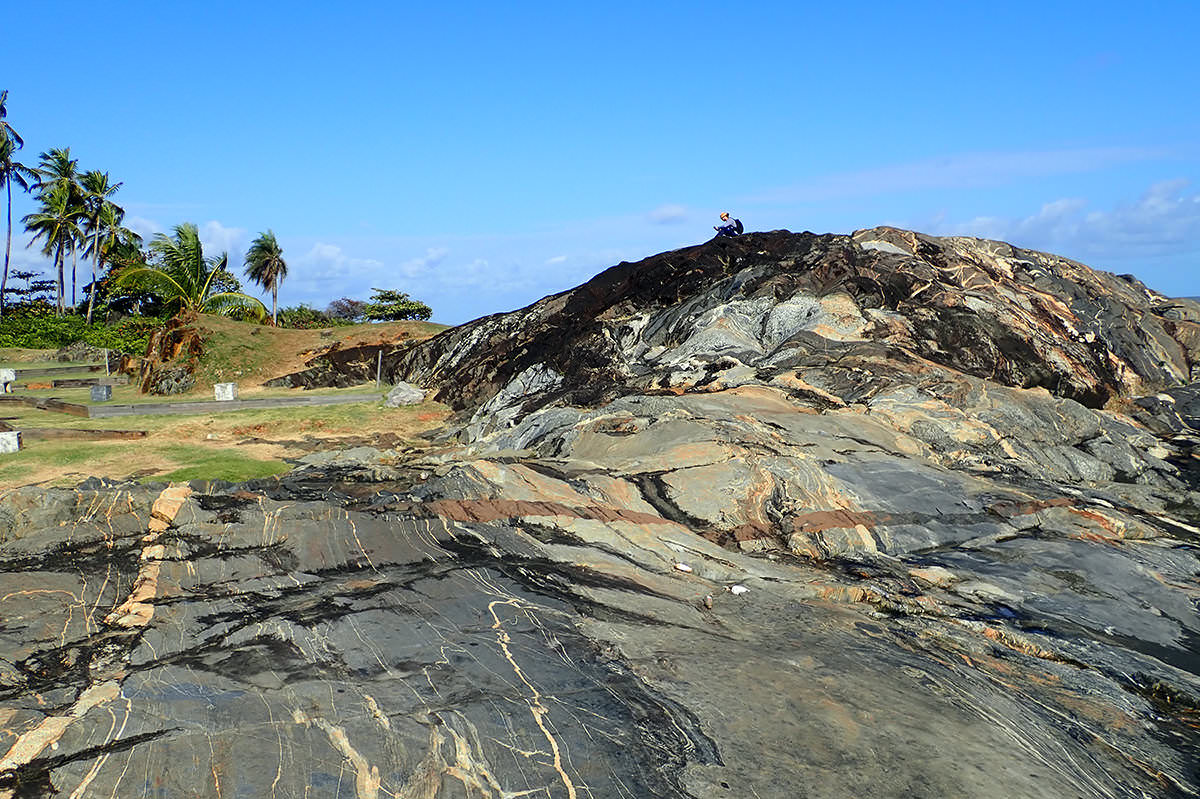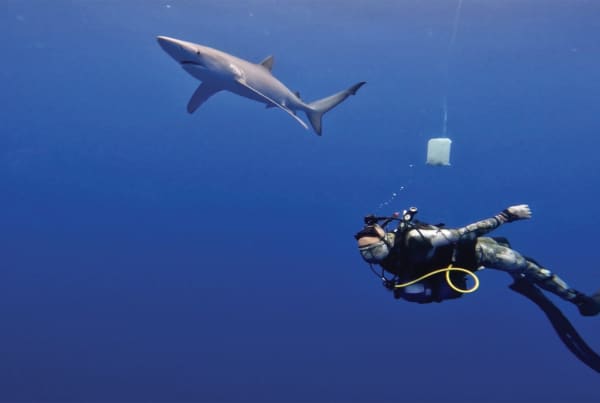
A special issue of Geologists (journal of the Société Française de Géologie) has just been published. Coordinated by Geoffrey Aertgeerts (BRGM Guyane), Arnauld Heuret (Géosciences Montpellier / Université de Guyane) and Michel Jébrak (Université de Québec à Montréal), the 18 articles in this issue provide an overview of current knowledge of the geology of the Guianas. The issue is organised around three main themes: the geological evolution of the Guianas, georesources and geohazards.
S f Guiana's natural environment is renowned for its exceptionally rich biodiversity, its subsoil - its Geology - is home to other treasures that are still largely unknown: a large proportion of geological surveys date back to the heroic phases of exploration over 50 years ago. In terms of geology too, French Guiana is an exceptional area for both fundamental and applied research.
With a basement over 2.2 billion years old (the oldest rocks in France!) and home to the only greenstone belt in France, French Guiana is a valuable window onto the early Earth. Knowledge of this ancient bedrock has progressed in recent years, in particular thanks to a new perspective provided by an understanding of the greenstone belts of neighbouring Suriname. Other major discoveries are presented. At sea, the Demerara Plateau, a vast submerged peninsula off the Maroni, is gradually revealing its mysteries, documenting aspects of the history of the opening of the Atlantic Ocean that are still totally unknown. On land, the very first fossil deposits ever described on the scale of the Guiana Shield have just been discovered in the sediments of the coastal plain at the foot of the future Ariane 6 launcher in Kourou.
French Guiana is part of the American imagination. Its gold resources triggered the first gold rush at the end of the nineteenth century, and an increase in exploration and gold panning activity more recently. The Montagne d'Or project has made headlines and interested even the highest levels of government. This number provides an overview of Guiana's georesources: what is the metal potential, particularly for gold and niobium-tantalum? What is the status of industrial projects and illegal gold panning? And let's not forget the recently-recognised oil potential, as well as water resources and brick-making activities...
Although there are no active volcanoes or major seismogenic tectonic structures in French Guiana, geological hazards are very present. This issue looks at landslides, siltation and erosion issues associated with Guiana's coastal dynamics, metal pollution and a structured approach to mining risk.




